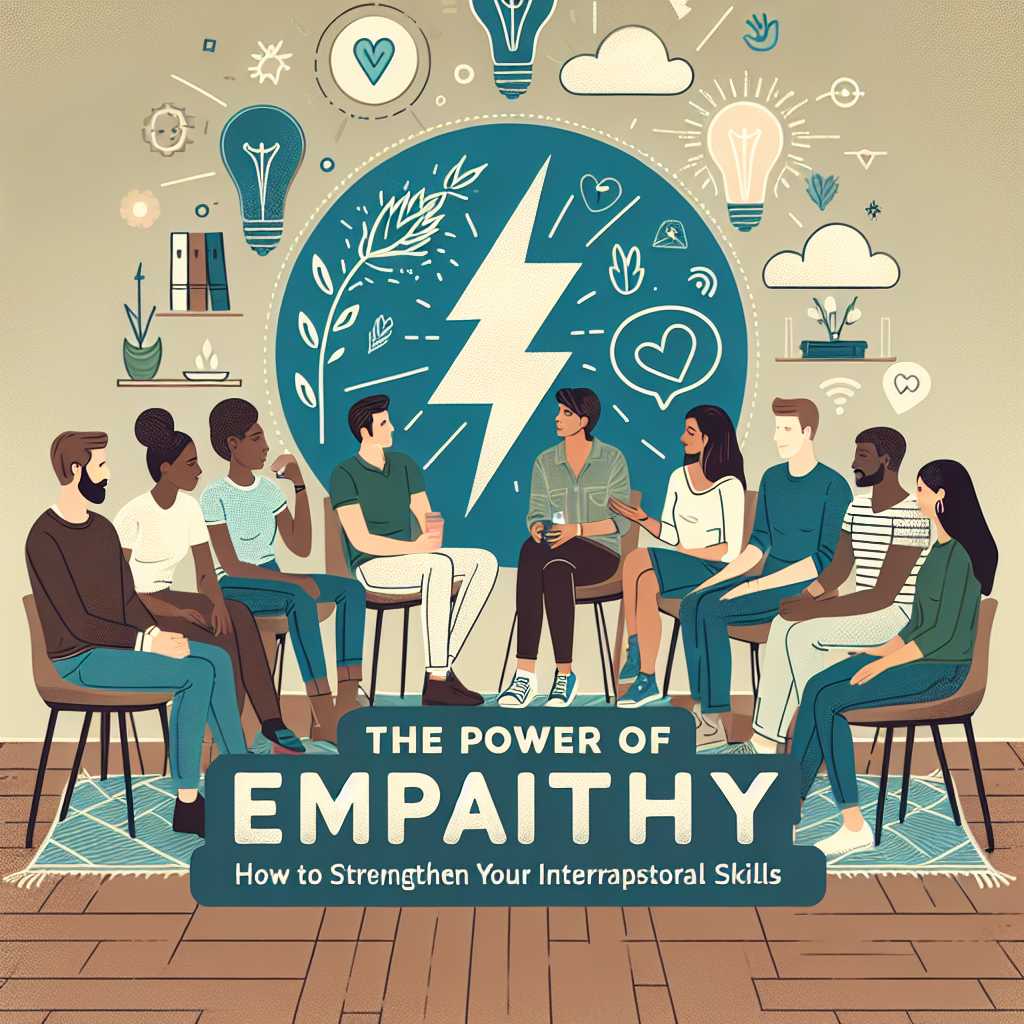Innovative Problem-Solving Approaches to Tackle Complex Challenges in the Workplace
As the business landscape continues to evolve at a rapid pace, organizations are faced with increasingly complex challenges that require innovative problem-solving approaches. In today’s fast-paced and competitive environment, traditional problem-solving methods may not always be sufficient to address the multifaceted issues that arise in the workplace. As such, companies are constantly seeking new and creative ways to tackle these challenges efficiently and effectively.
In this article, we will explore some innovative problem-solving approaches that can help organizations navigate the complexities of modern business and overcome the most pressing issues they face.
1. Design Thinking:
Design thinking is a human-centered approach to problem-solving that places a strong emphasis on empathy and collaboration. This approach involves identifying the root causes of a problem, generating multiple solutions, and testing those solutions through prototyping. By focusing on the needs and experiences of stakeholders, design thinking can help organizations develop innovative and user-friendly solutions to complex challenges.
2. Lean Thinking:
Lean thinking is a problem-solving approach that aims to eliminate waste and improve efficiency in the workplace. By analyzing processes and identifying areas of inefficiency, organizations can streamline their operations and achieve better results with fewer resources. Lean thinking encourages continuous improvement and empowers employees to identify and solve problems at all levels of the organization.
3. Agile Methodology:
Agile methodology is a project management approach that emphasizes flexibility, collaboration, and rapid iteration. By breaking projects into small, manageable tasks and adapting to changes quickly, organizations can respond to challenges in real-time and deliver solutions faster. Agile methodology encourages cross-functional teams to work together towards a common goal and fosters a culture of innovation and adaptability.
4. Systems Thinking:
Systems thinking is a holistic approach to problem-solving that focuses on understanding the interconnectedness of elements within a complex system. By identifying the relationships and feedback loops that exist between different components, organizations can gain a deeper understanding of the root causes of problems and develop more effective solutions. Systems thinking encourages organizations to take a broader view of issues and consider the long-term impacts of their decisions.
5. Creative Problem-Solving:
Creative problem-solving is a divergent thinking approach that encourages individuals to think outside the box and generate multiple solutions to a problem. By leveraging brainstorming techniques, lateral thinking, and creative thinking tools, organizations can uncover innovative solutions that may not have been considered using traditional problem-solving methods. Creative problem-solving fosters a culture of experimentation and encourages employees to embrace ambiguity and uncertainty.
FAQs:
Q: How can organizations foster a culture of innovation and problem-solving in the workplace?
A: Organizations can foster a culture of innovation and problem-solving by promoting open communication, encouraging collaboration, rewarding creativity, and providing opportunities for professional development and training. By creating a supportive environment where employees feel empowered to take risks and experiment with new ideas, organizations can harness the creative potential of their workforce and drive lasting change.
Q: What are some common barriers to effective problem-solving in the workplace?
A: Some common barriers to effective problem-solving in the workplace include a lack of clear communication, siloed thinking, resistance to change, fear of failure, and a rigid organizational structure. By addressing these barriers and fostering a culture of openness, collaboration, and continuous improvement, organizations can overcome challenges more effectively and drive innovation.
Q: How can organizations measure the effectiveness of their problem-solving approaches?
A: Organizations can measure the effectiveness of their problem-solving approaches by setting clear goals and performance metrics, collecting feedback from stakeholders, monitoring progress and outcomes, and conducting regular evaluations and reviews. By establishing key performance indicators and leveraging data analytics to track performance, organizations can assess the impact of their problem-solving efforts and make informed decisions about future strategies.





Leave A Comment